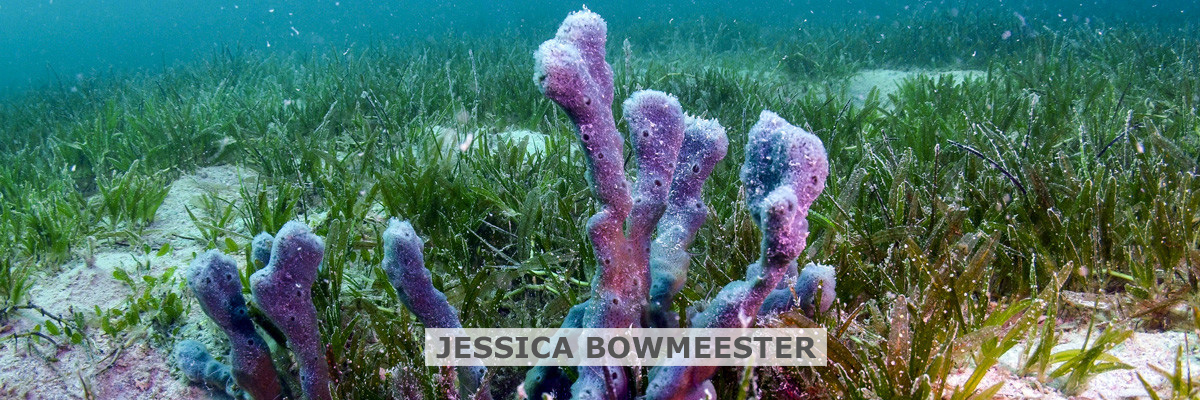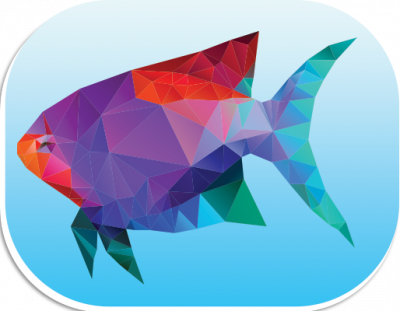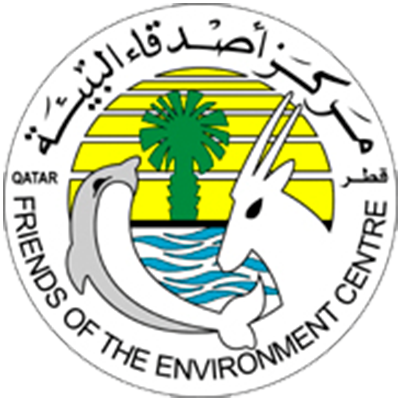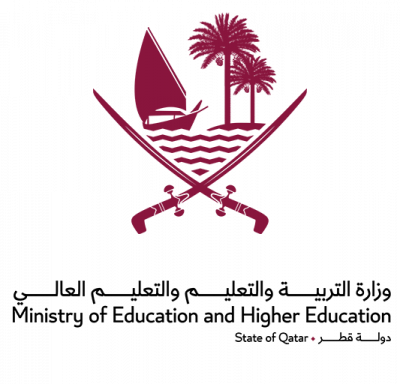
The topography and physical depth of seagrass beds is determined by the extent of light penetration, by the type of sea floor substratum, and the intensity of wave energy. Sometimes, they are found in intertidal zones, even if intense solar radiance and desiccation pose a stress to seagrasses and associated biota. The deepest ecosystem limit can be more than 40 m, if the water column is not disturbed or turbid, and the light can reach that depth.
The seagrass bed is a luxuriously productive ecosystem, in some cases even more productive than coral reef and mangrovial forest ecosystems. In Qatar, this ecosystem is home to a total of four species of seagrass: Narrow Leaf Seagrass Halodule uninervis, Oval Leaf Seagrass Halophila ovalis, Broad Leaf Seagrass Halophila stipulacea and the Turtle Seagrass Thalassia testudinium, all highly adapted to the high salinity of the Arabian Gulf waters. Interestingly, although these are called seagrasses, they are instead flowering plants, closely related to pondweeds.
Seagrasses are ecosystems pioneers, because they are the first settlers in a sandy sea floor along with microbes. The growth pattern of their stems or rhizomes extending horizontally, helps stabilize sand and sediment in place creating habitats for other organisms. This characteristic makes them ecosystem engineers. In general, the organisms that are permanent residents, have evolved adaptations either to burrowing or to living in narrow places between, or on seagrass leaves (epiphytes). Seagrass beds are nursery grounds to juveniles of many species, including shrimp, crab, fish, and Pearl Oyster.
Indicatively, other organisms that inhabit, take refuge in or have feeding grounds on this ecosystem include polychaete worms, molluscs, crustaceans, Black Sea Cucumbers, Pen Shells, Green Tiger prawn, sand dollars, sea turtles and snakes. These are either filter feeders, herbivores consuming seagrass, or carnivores that consume the herbivores. The magnificent Dugong, or sea cow, is a frequent visitor, since seagrasses are the major nutritional source of its diet.
Climate change induced phenomena pose a threat to the health of seagrass beds as an ecosystem and to its inhabitants. Coastline development is another threat due to habitat loss and turbidity caused by dredging.
© A. D. Chatziefthimiou
Sources:
Basson PW et al, 1977
Carpenter KE et al, 1997
Loganathan A et al, 2004
Marshall CD et al, 2018
Sale P et al, 2011







